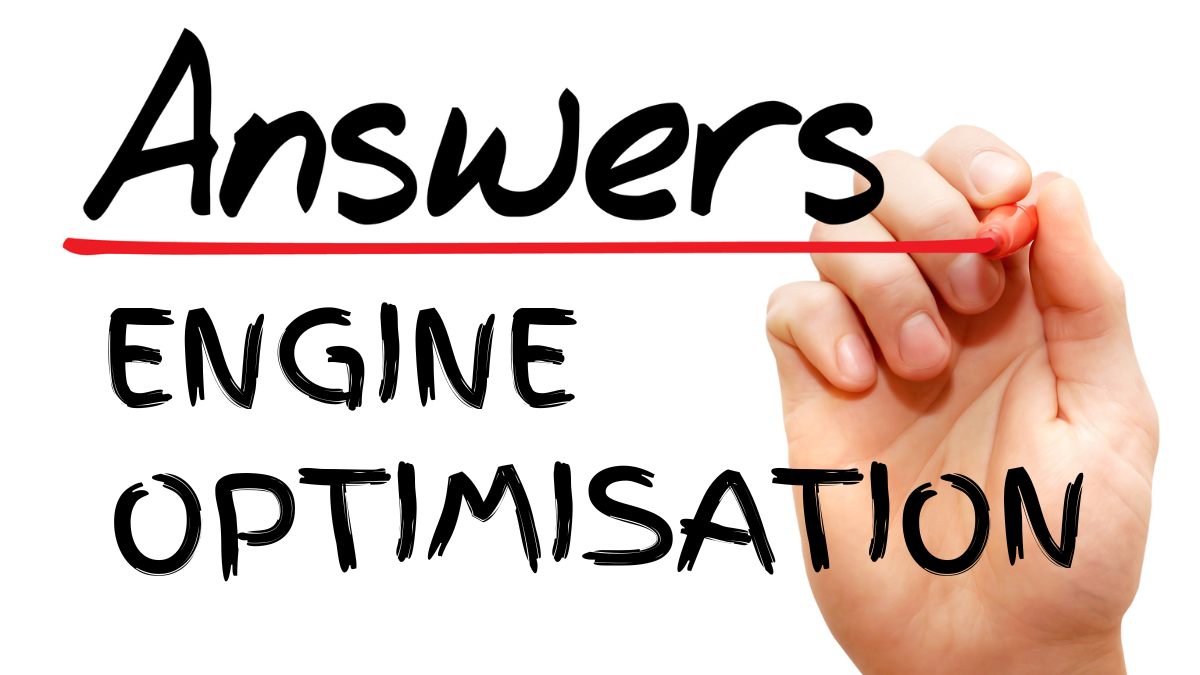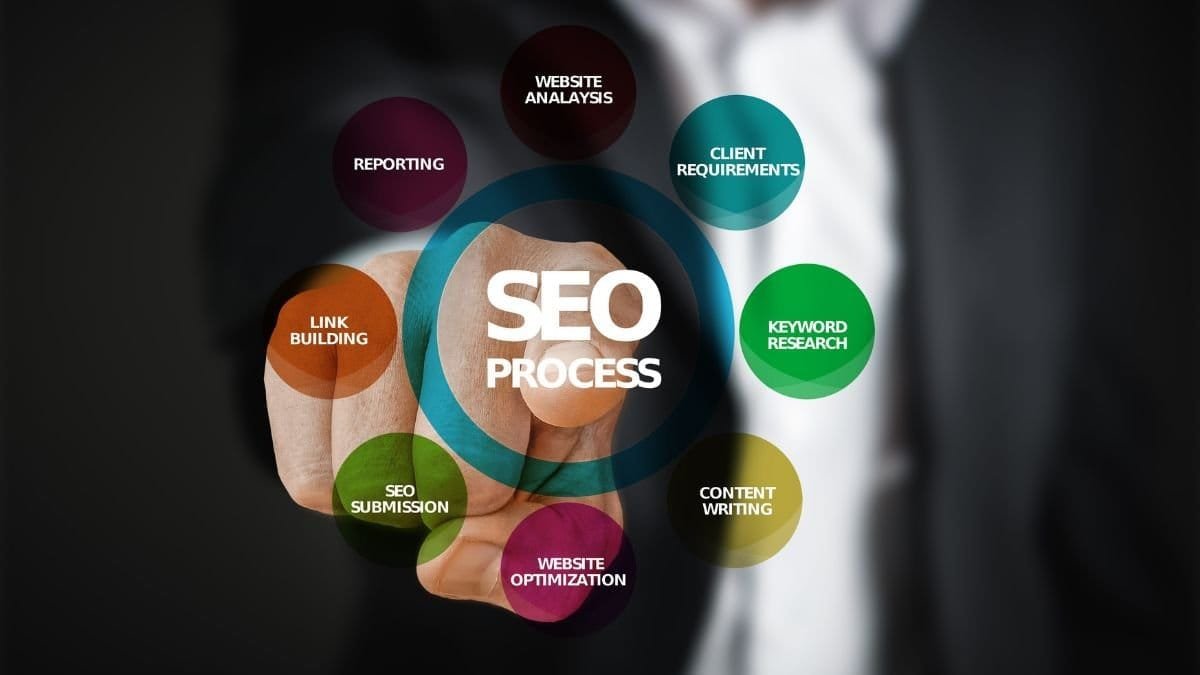What is Search Engine Optimization (SEO)?
Search Engine Optimization (SEO) refers to the practice of improving a website’s visibility in search engine results pages (SERPs), such as Google, Bing, and Yahoo. It is a key component of online marketing, aimed at increasing website traffic by achieving higher rankings for relevant keywords.
By optimizing a website’s structure, content, and authority, SEO ensures that search engines understand what the website is about, making it more likely to appear in search results for targeted queries.
Learn more about SEO fundamentals from Google Search Central.
Why is SEO Important?
The digital era has transformed the way consumers search for and interact with businesses. A significant majority of online experiences begin with a search engine, making SEO a crucial tool for businesses to capture customer attention.
Benefits of SEO:
- Increased Visibility: Higher rankings on SERPs lead to greater exposure for your website.
- Improved Credibility: Websites that appear at the top of search results are often perceived as trustworthy.
- Cost-Effective Marketing: Compared to paid advertising, SEO provides long-term value with minimal recurring costs.
- Enhanced User Engagement: By targeting the right audience, SEO drives qualified traffic, improving conversion rates.
- Competitive Advantage: Businesses investing in SEO often outperform competitors who neglect it.
For website owners, SEO is a way to establish authority, attract new customers, and build a strong online presence.
Key Components of SEO
SEO is a multi-faceted discipline that includes both On-Page Optimization and Off-Page Optimization. Each plays a vital role in improving a website’s ranking.
On-Page Optimization
On-page SEO involves optimizing elements directly on your website to improve its relevance and accessibility for both search engines and users.
1. Content Optimization
High-quality, relevant content is the backbone of on-page SEO. Search engines prioritize websites that provide value to users.
Best Practices for Content Optimization:
- Address user intent by answering questions and solving problems.
- Use targeted keywords naturally in headings, subheadings, and body content.
- Incorporate multimedia like images and videos to enhance engagement.
2. Keyword Research and Implementation
Keyword research is the foundation of any SEO strategy. It involves identifying the terms your target audience is searching for.
Steps for Effective Keyword Usage:
- Conduct research using tools like Google Keyword Planner or Ahrefs.
- Choose a mix of short-tail (e.g., “SEO services”) and long-tail keywords (e.g., “affordable SEO services for small businesses”).
- Place keywords strategically in:
- Meta titles and descriptions.
- URL structures.
- Content headings and alt text for images.
3. Meta Tags Optimization
Meta tags are snippets of code that describe the content of your website to search engines.
Key Meta Tags:
- Meta Title: This appears as the clickable link in search results and should include the primary keyword.
- Meta Description: A brief summary of the page content that encourages users to click.
4. Technical Optimization
Technical elements of on-page SEO ensure that search engines can crawl and index your site effectively.
Focus Areas:
- Ensure mobile responsiveness to provide a seamless user experience on all devices.
- Optimize page speed by compressing images and leveraging browser caching.
- Use clean, keyword-rich URLs.
- Implement structured data (schema markup) to enhance search engine understanding.
Off-Page Optimization
Off-page SEO focuses on factors outside your website that influence its authority and relevance.
1. Building Backlinks
Backlinks are one of the most critical ranking factors in SEO. These are links from other websites pointing to your site, signaling trust and authority.
Tips for Effective Backlinking:
- Focus on quality over quantity. Backlinks from reputable sites carry more weight.
- Use guest blogging, content partnerships, and industry directories to acquire backlinks.
- Avoid spammy links, as they can harm your rankings.
2. Social Media Engagement
Social media platforms are essential for amplifying your content and driving traffic.
Strategies for Social Media SEO:
- Share blog posts, infographics, and videos to increase visibility.
- Use hashtags and keywords to reach a broader audience.
- Engage with followers to build a loyal community.
3. Domain Authority
Domain authority (DA) is a score that reflects a website’s trustworthiness and influence.
How to Improve DA:
- Publish high-quality, authoritative content regularly.
- Earn backlinks from high-DA websites.
- Keep your site updated and free of technical issues.
Advanced Factors Influencing SEO
Beyond on-page and off-page SEO, several other elements play a critical role in determining a website’s ranking.
1. Mobile Optimization
With the majority of web traffic now coming from mobile devices, ensuring a mobile-friendly site is vital.
How to Optimize for Mobile:
- Use responsive design to adapt content to different screen sizes.
- Test your website on various devices to ensure functionality.
2. Page Load Speed
Slow-loading websites frustrate users and are penalized by search engines.
Speed Optimization Tips:
- Compress images and videos.
- Minify CSS, JavaScript, and HTML files.
- Enable browser caching to reduce load times for returning visitors.
3. Secure Connections (HTTPS)
Websites with HTTPS encryption are favored by search engines and trusted by users. Implementing SSL certificates is now a standard practice.
How SEO Drives Business Growth
SEO offers immense benefits for businesses of all sizes.
1. Reaching a Wider Audience
By targeting relevant keywords, SEO ensures that your website is visible to potential customers actively searching for your products or services.
2. Building Brand Authority
Appearing at the top of search results establishes your brand as a trusted leader in your industry.
3. Generating Leads and Sales
SEO attracts high-intent users who are more likely to convert into paying customers.
4. Enhancing Customer Trust
Websites that rank higher are perceived as more credible, fostering trust among visitors.
5. Providing Long-Term Results
Unlike paid ads, the benefits of SEO compound over time, delivering sustained traffic and visibility.
Emerging Trends in SEO
As search engines evolve, staying updated with the latest trends is essential to maintaining competitive rankings.
1. Voice Search Optimization
The rise of voice assistants like Alexa and Siri requires content to be optimized for conversational queries.
2. Artificial Intelligence (AI) in SEO
AI-powered tools like Google RankBrain analyze user behavior to deliver personalized search results.
3. Video SEO
Video content is gaining traction, and optimizing titles, descriptions, and transcripts can improve visibility on platforms like YouTube and Google.
Conclusion
Search Engine Optimization (SEO) is the cornerstone of a successful online marketing strategy. By focusing on both on-page and off-page elements, businesses can improve visibility, drive qualified traffic, and establish authority in their industry.
Implementing SEO not only helps you reach a wider audience but also builds trust and drives long-term growth. Whether you’re a small business or a global enterprise, investing in SEO is essential to thriving in today’s digital landscape.
Start optimizing your website today to unlock its full potential and stay ahead of the competition.














